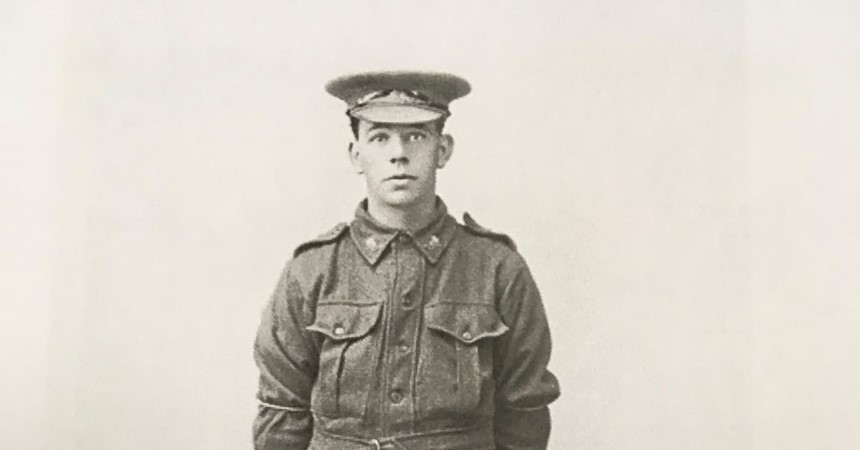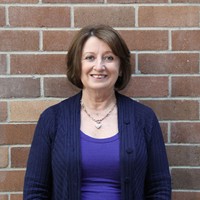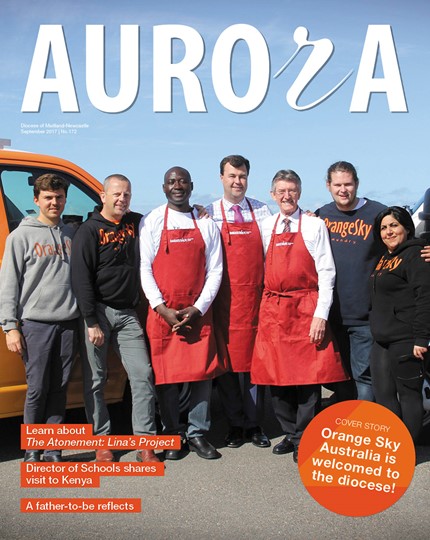My father, Alby Murray, served in the Air Force with Bomber Command and his proudest achievement came at the end of World War II when his Lancaster crew dropped food into the starving nation of Holland. My reflections on ANZAC Day have grown stronger over the years as I learned more of my family’s military contribution.
My father’s uncles, Henry Alfred Cressy (Harry) and his brother, Edward, grew up in Boolaroo. There is a treasured family photo taken outside the Cressy house in Boolaroo sometime after August 1915 when both boys enlisted. It depicts Brougham (Bro) and Ann Cressy (the boys’ parents), and other family members with the two boys standing proudly in uniform.
Australia was a different place then. England was ‘the mother country’ and when war broke out in 1914 there was no question that Australia would be there. The Cressy boys enlisted, Edward at 24 and Harry at 22.
Les Carlyon’s The Great War describes World War I as the worst trauma of the twentieth century for Australia. From a population of just over 4.5 million, 420,000 Australian men enlisted and 60,000 were killed. A whole generation of Australians had lost someone or had a loved one return, forever scarred.
The Cressy brothers trained at Liverpool and left Australia from Woolloomooloo aboard “Aeneas” on 21 December 1915. Harry Cressy kept a diary with descriptions of his training and the effect of long hot marches, preparing for battles to come. His innocence and youthful enthusiasm come through; he described things that were new and exciting as ‘bosker’. I imagine that young men today would say ‘awesome!’ As he travelled north to the battlefields he noticed women in mourning, old men guarding the railway and the locomotives they passed on their journey north; these impressed him as a locomotive driver. He wrote, “It was a country worth fighting for.”
The boys arrived in Northern France where plans were at the ready for a major offensive. The plan was to attack the ‘Sugarloaf’, a high ground near the village of Fromelles held by the Germans for at least 18 months. This would mean that the Germans would not be able to send extra troops to the Somme. Some of our force were seasoned Gallipoli veterans; others, like Harry and Edward, were to have a baptism of fire.
Gallipoli veteran from Mackay, Ronald McInnes, wrote at the battle of Fromelles, “We thought we knew something of the horrors of war, but we were mere recruits, and have had our full education in one day.”
The Germans were well prepared, with comfortable reinforced dugouts, secure communication lines and reinforced concrete bunkers. If you go to Fromelles today, you will see the bunkers and realise that the German line was in a perfect position to see the plains below. The Germans had had many months to prepare.
The battle began on 19 July. The 14th brigade, to which Harry belonged, crossed about 400 yards of open ground to get to the German trenches in broad daylight. The continuous accurate fire of German machine guns, which had survived the allied bombardment earlier in the day, killed many.
We know Harry made it to the German trenches and sometime after that a sniper bullet killed him. We know that Edward was wounded earlier in the battle. This probably saved his life.
The fate of those like Harry who fell behind German lines was not known for another 95 years. There is a poignant record of this time. Harry’s parents wrote to the Australian Imperial Force from October 1916 up to 1922. They requested information about where Harry was and asked for Harry’s effects, which they knew must be somewhere as they had received a letter from Private Wilson who had been present at Harry’s death. His mother wrote that she knew you could have an inscription placed on the headstone, not knowing that Harry’s resting place was unknown. They received a memorial plaque for Harry, and his effects finally arrived; a money belt, wallet, bible, cards, photos, letters and diaries which his descendants treasure as the record of an ordinary Australian involved in something greater than we could imagine. His parents were never to know where Harry lay.
Some 95 years later, Melbourne teacher, Lambis Englezos, focused his attention on the lost diggers of Fromelles. Through his tenacity, their remains were found in a mass grave in Pheasant Wood, Fromelles, in 2008. The Australian government launched a project to identify the diggers through DNA matching and Harry was identified in January 2010.
In 2009 my sister and I visited the quiet, peaceful village where Harry lay. In January 2010, soldiers from Britain and Australia reburied with honours the remains of soldiers killed during the battle. In July of that year a new cemetery was dedicated in the village of Fromelles to all our lost diggers. I was there and it was a hot, blue sky day, I imagine very like that day in 1916.
Last year Harry was honoured at Sandgate Cemetery on the 100th anniversary of the battle at the graveside of his parents, Brougham and Ann, with many Cressy descendants present. His inscription in the little village in northern France reads:
HENRY ALFRED CRESSY
Born 5 December 1893
Died 19 July 1916.
In Your Family’s hearts and minds forever.


























































































